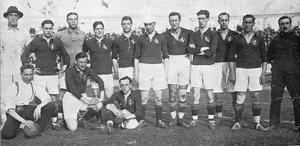
Amongst many football fans in the modern day, Spain is considered to be the most cultured of all of the footballing nations.
Whilst England are seen as an agricultural footballing country, Germany one that is prone to being well-organised, and Italy the defensive stalwarts of the game, Spain and its football teams play beautiful, fluid matches that are a pleasure to watch.
This notion was most evident during the six year spell when the Spanish national side won an historic treble of two European Championships sandwiching a World Cup win. They were imperious during this period, passing the ball around crisply, with players moving into space and keeping the whole thing ticking over wonderfully.
The world fell in love with Vicente del Bosque’s pure footballing side as he took over from where Luis Aragonés had left off after the 2008 Euros.
Introduction to Spanish Football
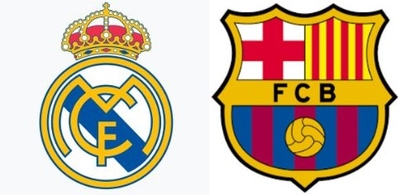 Away from the national side and La Liga, Spain’s top-flight, has been dominated by two different teams with polar opposite approaches to the way they gain their success. Real Madrid have long operated a policy of bringing in ‘Galacticos’, the very best footballers from around the world. Barcelona, meanwhile, have been no slouches in the transfer market themselves but tend to prefer making cohesive teams rather than being led by superstars.
Away from the national side and La Liga, Spain’s top-flight, has been dominated by two different teams with polar opposite approaches to the way they gain their success. Real Madrid have long operated a policy of bringing in ‘Galacticos’, the very best footballers from around the world. Barcelona, meanwhile, have been no slouches in the transfer market themselves but tend to prefer making cohesive teams rather than being led by superstars.
In spite of the fact that these two teams have long dominated Spanish football, with one of them winning the league every year apart from on two occasions since 2000, the sport is the most popular of all sports in the land of paella, castanets and sangria. It has more registered players and registered clubs than any other sporting activity in the country.
Despite the perceived lack of competitiveness in the Spanish league the country’s top-flight teams have gone from strength to strength in Europe. From 2000 until 2020 a Spanish club has won the Champions League nine times, with the trophy heading to Spain five years in a row between 2014-2018. The other major European trophy, the Europa League, has been won ten times during the same period, as Sevilla have dominated by winning it six times over that period.
Football is still a relatively young sport in Spain, with the country’s Football Association, the Royal Spanish Football Federation – or Real Federación Española de Fútbol in Spanish – only forming in 1909.
Here we’ll give you some information about Spanish football including expanding your knowledge of the national side and the league set-up. We’ll also tell you all about the sort of stadiums you’ll come across should you choose to put on some suntan lotion and take a trip around the Iberian coast.
Spanish Stadiums
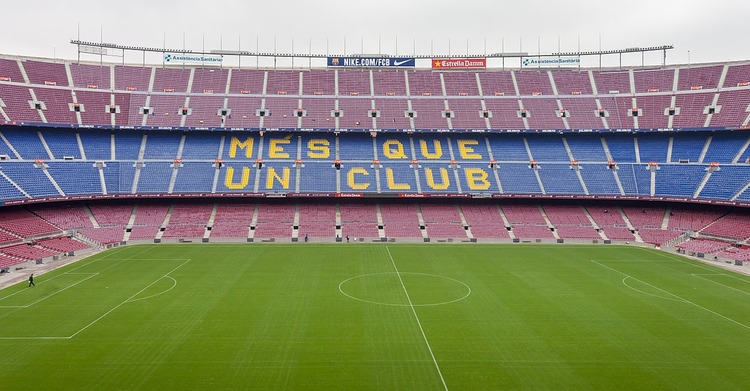
Generally speaking the stadiums in Spain are pretty impressive, with even the second division of Spanish football featuring grounds with capacities of 20,000+. When Spanish grounds are at their most impressive there are few stadiums in the world that can compete with them. Barcelona’s Nou Camp and Real Madrid’s Bernabeu are even more visually stunning than cathedrals, offering as they do huge banks of seating that seem to stretch into the sky itself.
Most Spanish stadiums are built in the ‘Continental Style’ of a bowl of continuous seating, though some do follow the more ‘English Style’ found in grounds around the UK of having a separate section of seating running along each side of the pitch. One of the things that sets Spanish stadiums apart from most other European grounds is the absence of roofs from most of them. The fantastic climate of the country means that roofs aren’t necessary in the same way that they are in countries that tend to have more damp weather conditions.
Spanish Leagues
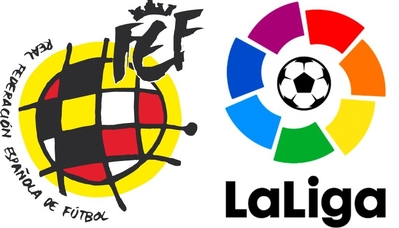 The league system in Spain is quite a complicated set-up, when you delve into the details. Though on the surface it appears simple enough, with the Primera División and the Segunda División being the two professional leagues in the country, it’s actually nowhere near as simple as all that.
The league system in Spain is quite a complicated set-up, when you delve into the details. Though on the surface it appears simple enough, with the Primera División and the Segunda División being the two professional leagues in the country, it’s actually nowhere near as simple as all that.
The Real Federación Española de Fútbol is ostensibly the country’s governing body, but the top two flights of Spanish football are actually organised by the Liga de Fútbol Profesional.
To make things even more complicated Spain operates a system of allowing teams to enter a ‘B’ team into the leagues.
The Segunda División B often features reserve teams from the likes of Barcelona and Real Madrid, meaning that they can get experience for their squad players or players returning from injury in a competitive environment. Below this league is the The Tercera División, which features 360 teams divided across eighteen different regional groups. If you’re not confused by all of that then you probably should be.
Spain National Team
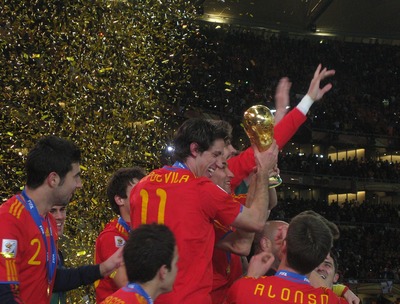
The Spanish national football team is an interesting one. On the one hand it would be churlish to suggest that they are anything other than a successful team that boasts four major honours to their name. On the other hand, prior to their incredible run of form on the international stage from 2008 until 2012 they were actually less successful than football’s perennial underachievers England. Where England had the World Cup from 1966 to boast about, Spain only had their European Championship from two years earlier to point to as a prize for their footballing ability.
Yet that six year spell is remarkably impressive. It makes Spain the only country in the world to have recorded three consecutive wins made up of their continental trophy and the World Cup, whichever continent they are from. They were FIFA’s Team Of The Year from 2008 until 2013, meaning only Brazil have held that title for longer.
Spain has no set ‘home’ for their matches, often playing their games at the Santiago Bernabéu in Madrid. The Vicente Calderón Stadium, located in the same city, often hosts games for the national side, as does the Mestella in Valencia and the Ramón Sánchez Pizjuán Stadium in Seville. Interestingly, Barcelona as a city has not hosted a Spanish international match since 2004 and the Nou Camp, the largest stadium in Spain, hasn’t held one since 1987.
Key Stats
| Spain National Team Statistics | |
|---|---|
| Year Formed | 1909 |
| Home Stadium | No Designated Home Stadium |
| Stadium Capacity | N/A |
| Major Honours | World Cup (2010), European Championships (1964, 2008, 2012) |
| Current Manager | Luis Enrique |
| Top Scorer | David Villa (59) |
| Most Caps | Sergio Ramos (177) |
| Best Performance at World Cup | Winners (2010) |
| Best Performance at European Championships | Winners (1964, 2008, 2012) |
| Kit Colours | Red, Yellow, Black Blue (Home), White with Red and Yellow (Away) |
History Of Football In Spain
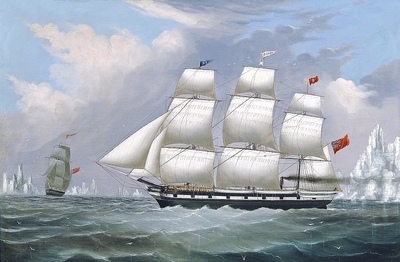 Football came to Spain for the first time in the late part of the 19th Century as British immigrants to the country and students hoping to further their education in the Mediterranean brought it with them.
Football came to Spain for the first time in the late part of the 19th Century as British immigrants to the country and students hoping to further their education in the Mediterranean brought it with them.
Many of the first clubs in Spain were actually formed by British people, with names such as Athletic, Recreation and Football Club reflecting this fact.
The country’s success on the international stage was hampered severely by the Spanish Civil War. From 1934 and 1950 Spain didn’t take part in any competitive international matches.
They began to re-enter the world stage properly in 1960 but forfeited a match against the Soviet Union in the quarter-final stage of that year’s European Championship because of a political disagreement between Franco, Spain’s dictator, and the Soviet leaders.
